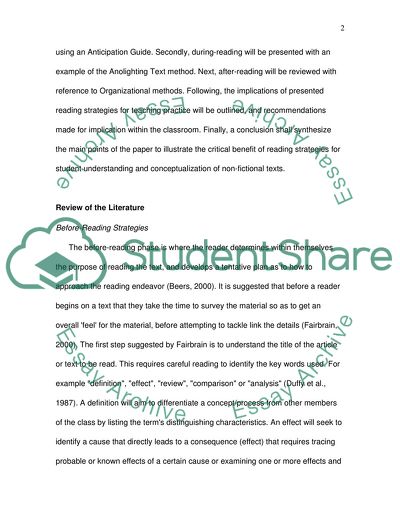Cite this document
(Strategies for Reading Factual Texts Coursework, n.d.)
Strategies for Reading Factual Texts Coursework. https://studentshare.org/education/1707144-strategies-for-reading-factual-texts
Strategies for Reading Factual Texts Coursework. https://studentshare.org/education/1707144-strategies-for-reading-factual-texts
(Strategies for Reading Factual Texts Coursework)
Strategies for Reading Factual Texts Coursework. https://studentshare.org/education/1707144-strategies-for-reading-factual-texts.
Strategies for Reading Factual Texts Coursework. https://studentshare.org/education/1707144-strategies-for-reading-factual-texts.
“Strategies for Reading Factual Texts Coursework”. https://studentshare.org/education/1707144-strategies-for-reading-factual-texts.


